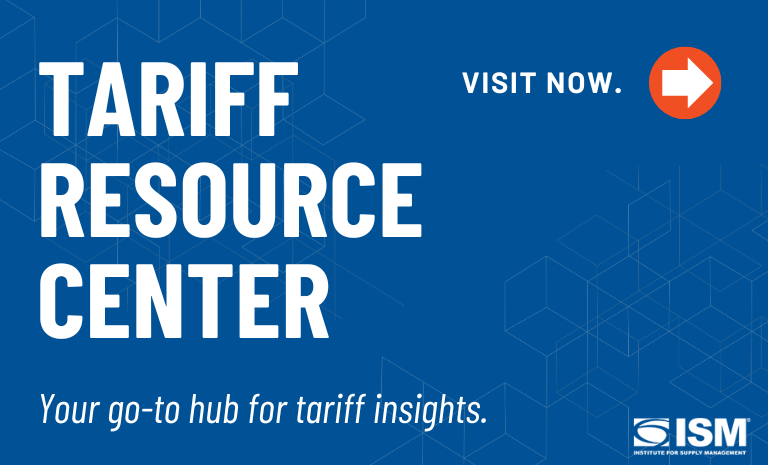Build Smarter Supply Chains Through Global Traceability

The modern supply chain runs on data, but too often that information lives in disconnected systems. When demand signals, inventory records and replenishment activities are spread across multiple platforms, inefficiencies multiply — and decision-making slows.
Achieving balance across a complex demand-supply network requires one dependable, unified source of truth.
To address this challenge, a global oil and gas company designed a global traceability platform that consolidates materials demand data from multiple systems into a single digital environment. The goal was to streamline how materials are requested, tracked and consumed — creating end-to-end visibility while reducing manual work.
By automating data flows between the ERP system and front-line operations, the platform synchronizes supply and demand in real time. Material requests are now recorded, validated and replenished automatically, ensuring accuracy, transparency and timeliness. The result is a more predictable, data-driven approach to materials management that supports operational continuity around the world.
From Manual Requests to Digital Intelligence
Historically, resource coordinators and field teams managed materials through spreadsheets, emails and manual systems, applications and products (SAP) transactions. The new digital platform replaces these fragmented workflows with a unified interface that consolidates requests from multiple operational groups, including technology life-cycle management and product and service delivery teams.
Users can now see real-time stock-on-hand data at the moment they make a request. This visibility helps prevent over-ordering, minimizes redundant demand, and improves inventory accuracy. Once a request is submitted, the platform automatically communicates with ERP systems, keeping all records synchronized and eliminating the risk of data discrepancies.
What was once a reactive process is now predictive. Intelligent algorithms calculate net demand based on verified inputs, automate replenishment and trigger goods issue transactions when materials are consumed. Every step — from request to consumption — is recorded digitally, giving stakeholders across functions a single, reliable view of inventory status and material movement.
Enhancing Planning, Accuracy and Collaboration
This global traceability system has redefined the roles of planners, materials managers and storekeepers:
- Resource coordinators gain consolidated demand visibility, enabling them to validate requests against actual needs and align replenishment schedules.
- Materials management specialists can ensure optimal stock levels and automate goods issue transactions directly through the platform.
- Storekeepers handle day-to-day execution more efficiently, with far fewer manual inputs.
Because all teams operate from the same data, cross-functional collaboration has improved dramatically. Each role contributes to a synchronized workflow that connects planning, procurement, logistics and field operations in one digital thread.
The automation has also created opportunities for multiskilling. Employees who previously focused on transactional tasks can now analyze consumption patterns, optimize inventory turnover, and identify cost-saving opportunities. By shifting time from data entry to data analysis, teams are developing broader operational expertise while advancing overall supply chain agility.
Key Advantages
The platform delivers tangible benefits across business lines and geographic regions, including a simplified user experience — a modern, intuitive interface allows users to create, review and track requests without specialized training. There is a single demand source; having all material requests consolidated into one synchronized database eliminates duplication and manual reconciliation.
Other benefits:
- Real-time inventory visibility. Users see accurate stock-on-hand data before placing an order, reducing excess and obsolete inventory.
- Automated MRP integration. The platform connects directly with ERP planning engines to synchronize demand, automate reservations and accelerate replenishment cycles.
- Improved accuracy and compliance. Automated validations and system-driven transactions ensure traceable, audit-ready records.
Collectively, these capabilities transform how materials flow through the supply chain — reducing lead times, increasing accountability and enabling faster, better-informed decisions.
Driving Digital and Sustainable Value
This initiative was launched as part of our broader distribution value plan, supporting both operational efficiency and environmental stewardship. By replacing manual, repetitive processes with digital automation, the organization significantly reduced the time employees spend performing transactions — which also translates into lower energy consumption.
Estimated results show an annual reduction of nearly four tons of greenhouse gas (GHG) emissions, roughly equivalent to saving 177 trees. Every automated transaction replaces what was once a paper form or manual ERP entry, underscoring how digital transformation can directly support sustainability goals.
This initiative demonstrates that digitalization and sustainability are not separate priorities but mutually reinforcing goals. Each efficiency gain — from reduced system usage hours to minimized inventory waste — contributes both to cost savings and environmental responsibility.
Lessons for Supply Management Leaders
Although this platform was developed within the energy sector, its principles apply broadly to any organization using leading ERP systems. The key lessons for supply management professionals include:
- Unify demand signals. Integrate all requests and consumption data into a single traceability framework to establish one version of the truth.
- Automate intelligently. Let algorithms handle repetitive transactions so human talent can focus on analysis and improvement.
- Enable collaboration. When all functions operate from shared, real-time data, cross-functional alignment becomes the default, not the exception.
- Design for usability. Technology adoption depends on simplicity. Intuitive, role-based interfaces accelerate learning and increase system usage.
- Measure sustainability impact. Include energy-use and waste-reduction metrics when evaluating digital tools; process efficiency often translates into environmental benefit.
By embedding these principles into their digital strategies, supply chain organizations can create traceable, transparent and sustainable operations — regardless of the platform they use.
A Model for the Future
Global traceability is more than a technology initiative; it represents a new philosophy of connected, accountable supply chains. By integrating real-time data, automation and user-centric design, the organization transformed a traditionally manual process into a smart, collaborative ecosystem.
The result is a supply chain that is faster and more accurate, and aligned with the company’s commitment to sustainability and operational excellence. For today’s supply management professionals, this approach offers a blueprint for how digital transformation can deliver measurable business value, while paving the way for a more responsible and resilient future.

